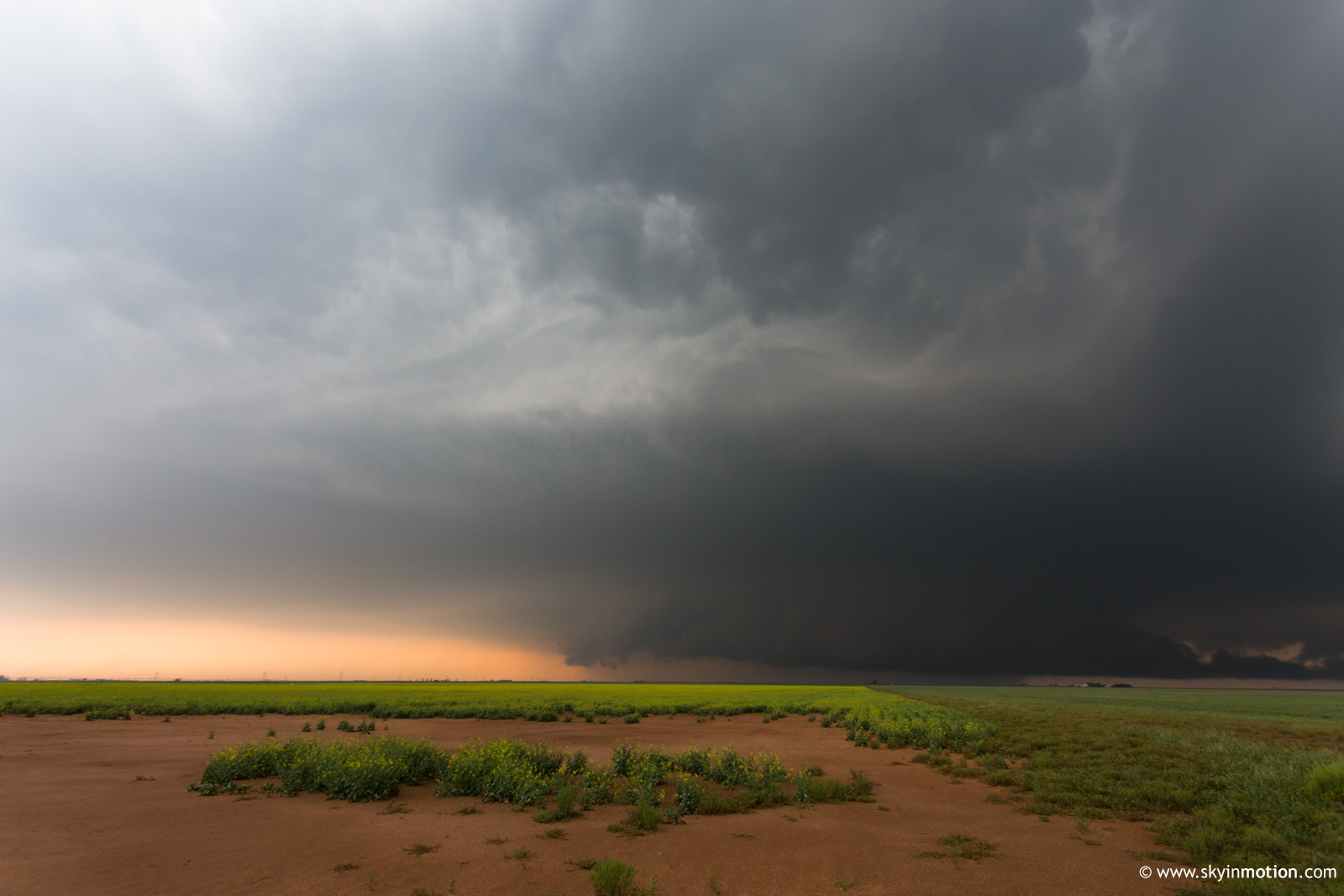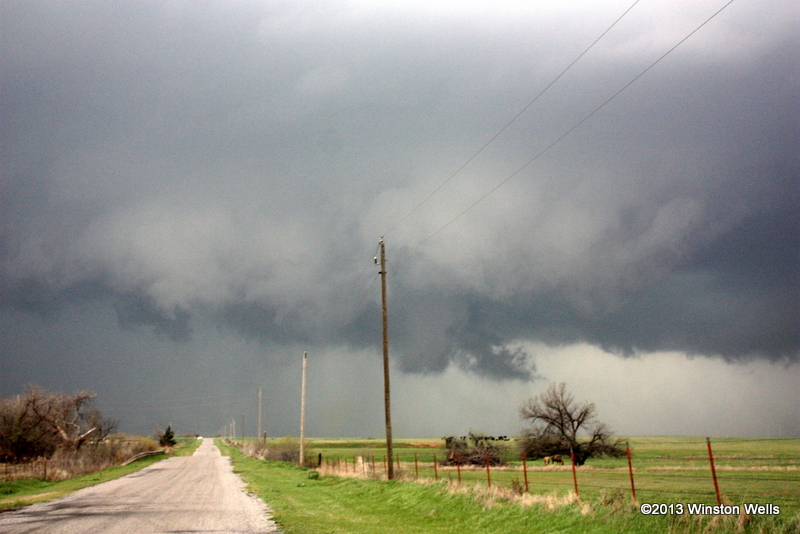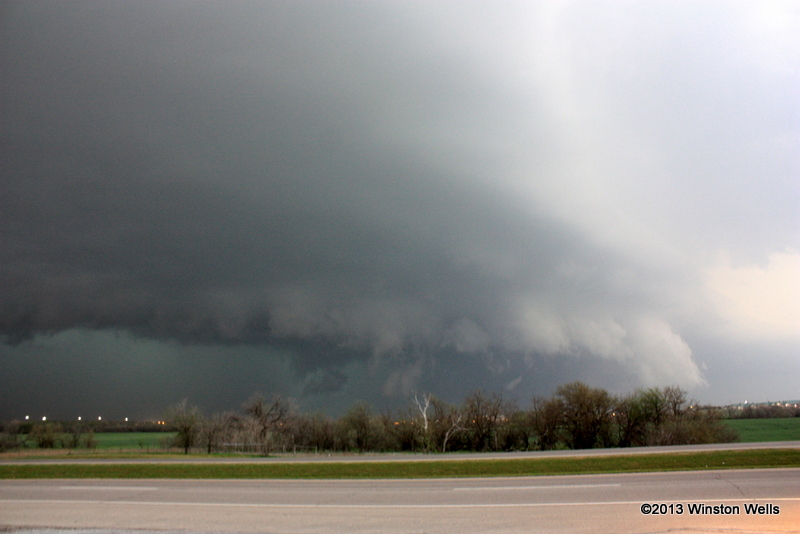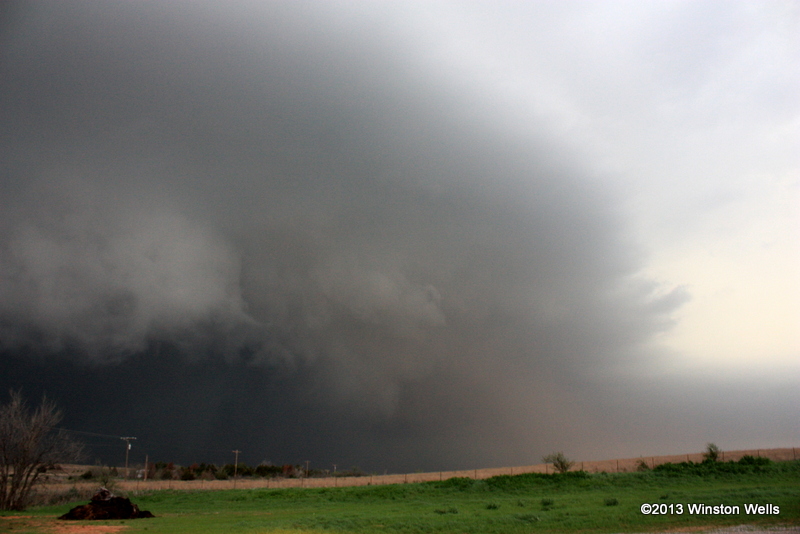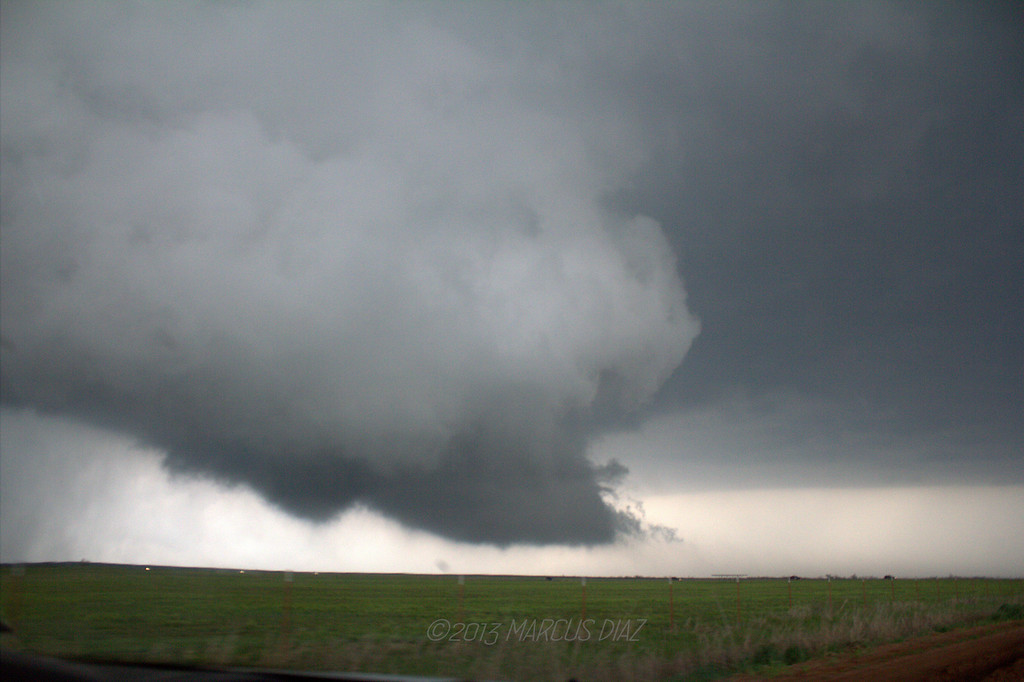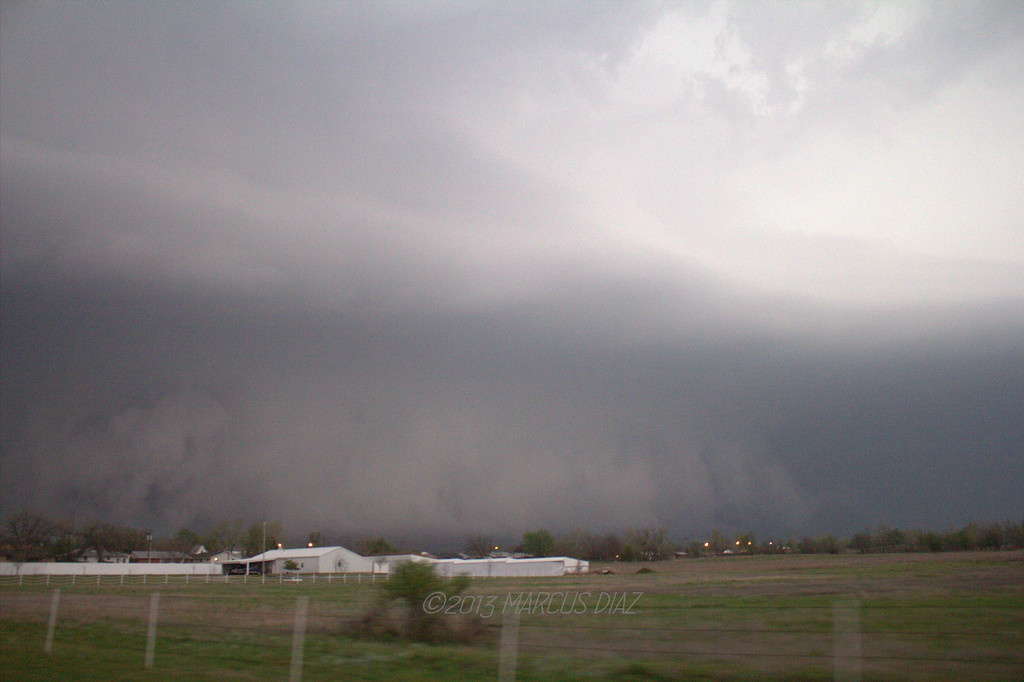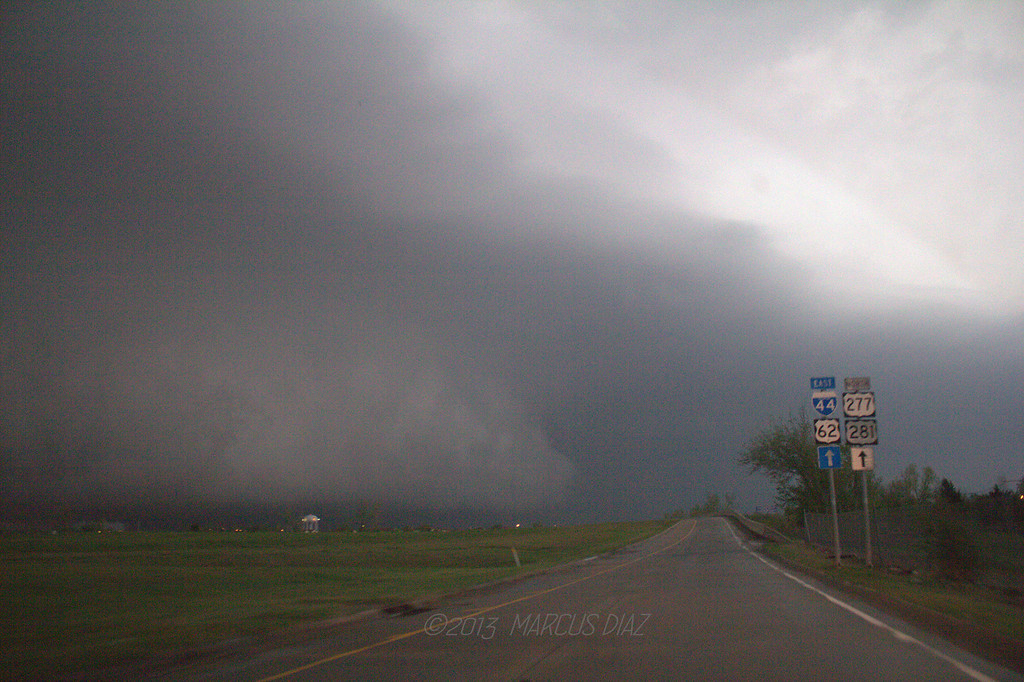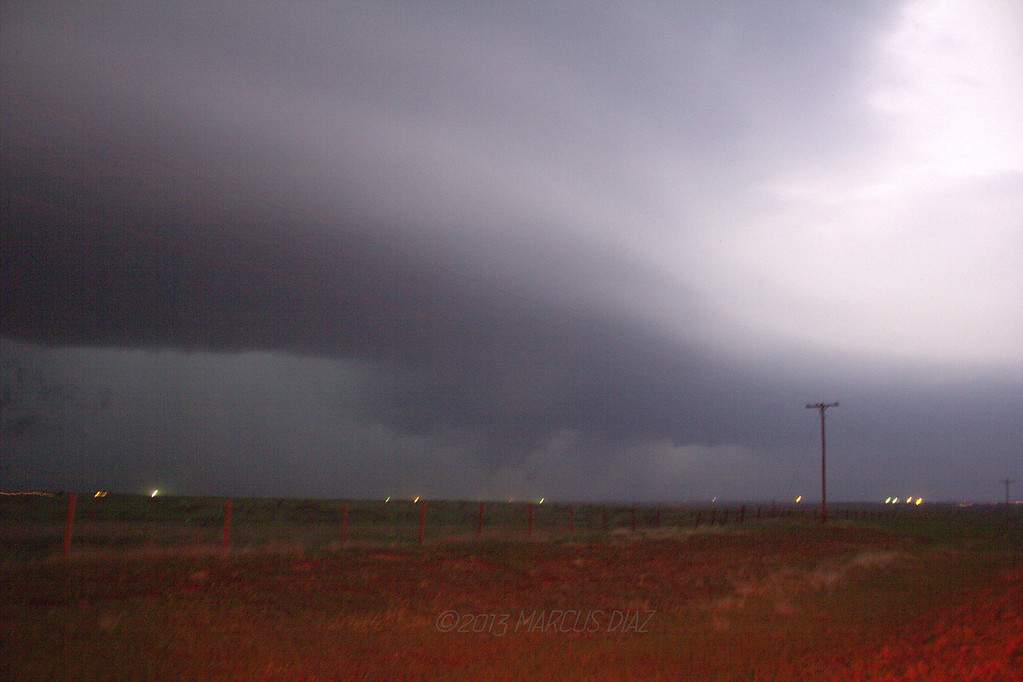One of the more depressing chase days I can remember in a long time, due to a myriad of circumstances (blown potential, over a year since the last truly big Plains day, and especially the medium-range outlook right now). I wasn't completely sold on a big day when I left home, but I was leaning pretty heavily toward at least one storm that would still be remembered by this time next year. Instead, we got a day I'd like to forget already.
Much like April 14 of last year, I started out on the first storm of the day near Davidson and Frederick, then continually dropped down to the next storm in rapid succession all day as dictated by frustration and impatience. Unlike April 14, though, the tail-end Charlie did not have any real magic in store.
As the initial storm moved into Comanche Co., I found myself cut off by a road (E out of Manitou) that had been paved for 6-8 mi., then suddenly went to the worst kind of mud. I saw quite a few others who were in the same boat, and a good number of them continued on anyway; I have to wonder if they all made it, since I saw a lot of fishtailing and slamming on breaks in my rearview mirror while retreating back W to Manitou!
I quickly dropped SW and watched the next storm ramp up W of FDR. It looked marginally better than the first one had, but still rather disorganized and outflow-dominant.
Despite this storm's track lying perhaps 5-8 mi. to the NW of the first's, I knew the Manitou road was a no-go, so opted to take OK-5 E out of FDR and observe from well to the S. Before long, I was so disgusted by the storm's appearance that, despite an ongoing tornado warning, I blasted S again for the new dryline activity brewing in NW TX.
I was one of the first to arrive on the incipient Oklaunion/Davidson/Grandfield supercell as it was first organizing SW of Vernon. Unfortunately, it was quite slow to get its act together, likely owing in part to a merger. By the time it finally ramped up for real, it was bearing down on Oklaunion, and some portion of the hordes had arrived (still nothing compared to the lead storm, of course). Predictably, the storm spawned its only visible daylight tornado right along the Red River. Minutes earlier, chasers had been forced to choose between gambling on the next ~5 min. versus staying in good position for anything later on the OK side, and I wrongly chose the latter. I spent the next 15 min. in torrential rain and sporadic hail near and E of Davidson with others who'd made the same choice. When we finally emerged S of Hollister, a broad lowering was visible, but light was fleeting. I noticed what appeared to be much more distinct updraft structure almost overhead; that, combined with the rain-wrapped nature of the low-level meso, enticed me to blast E and try for the first decent stills of the day. I could never get quite far enough ahead of the behemoth to manage a whole-storm overview.
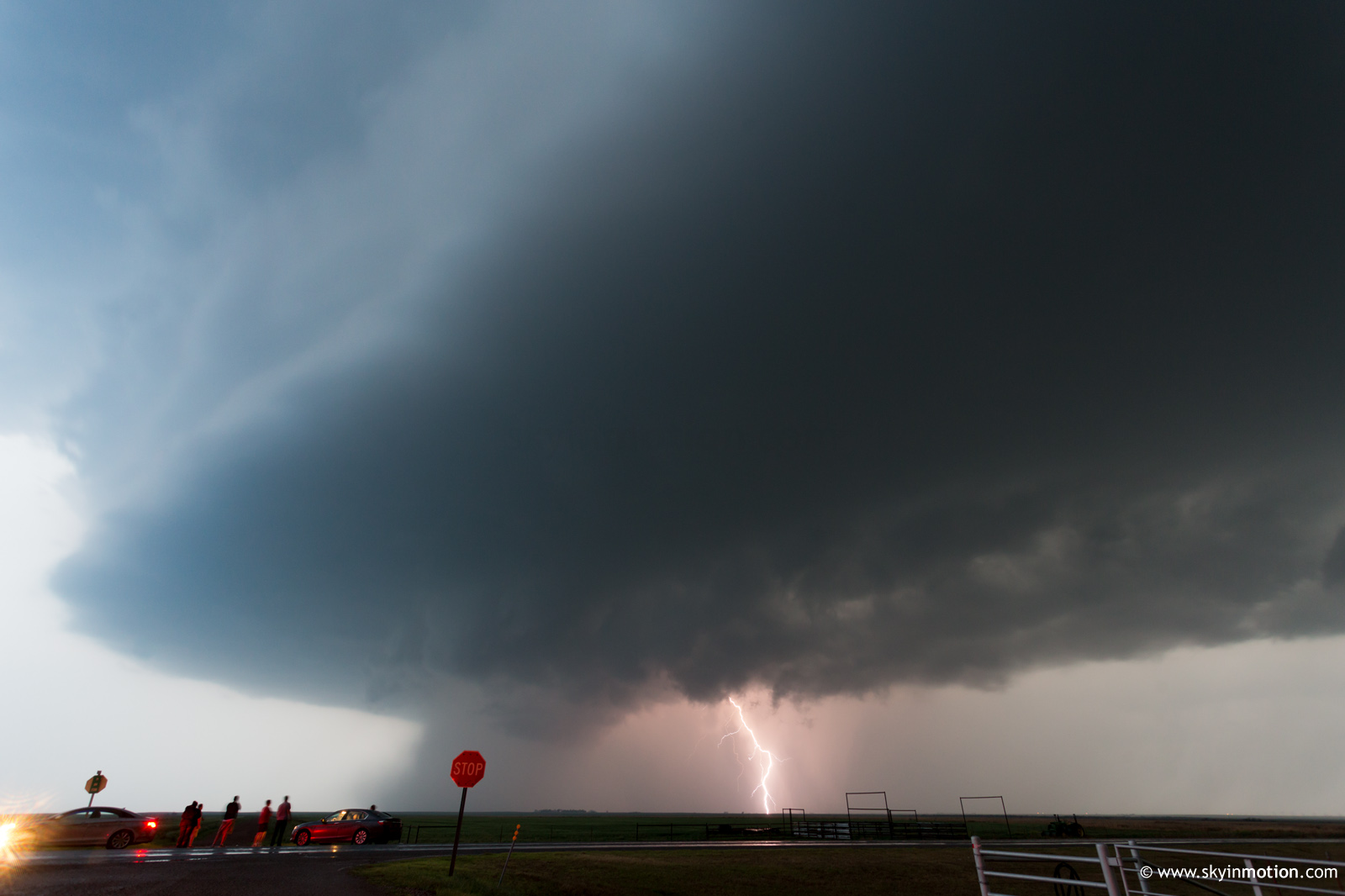
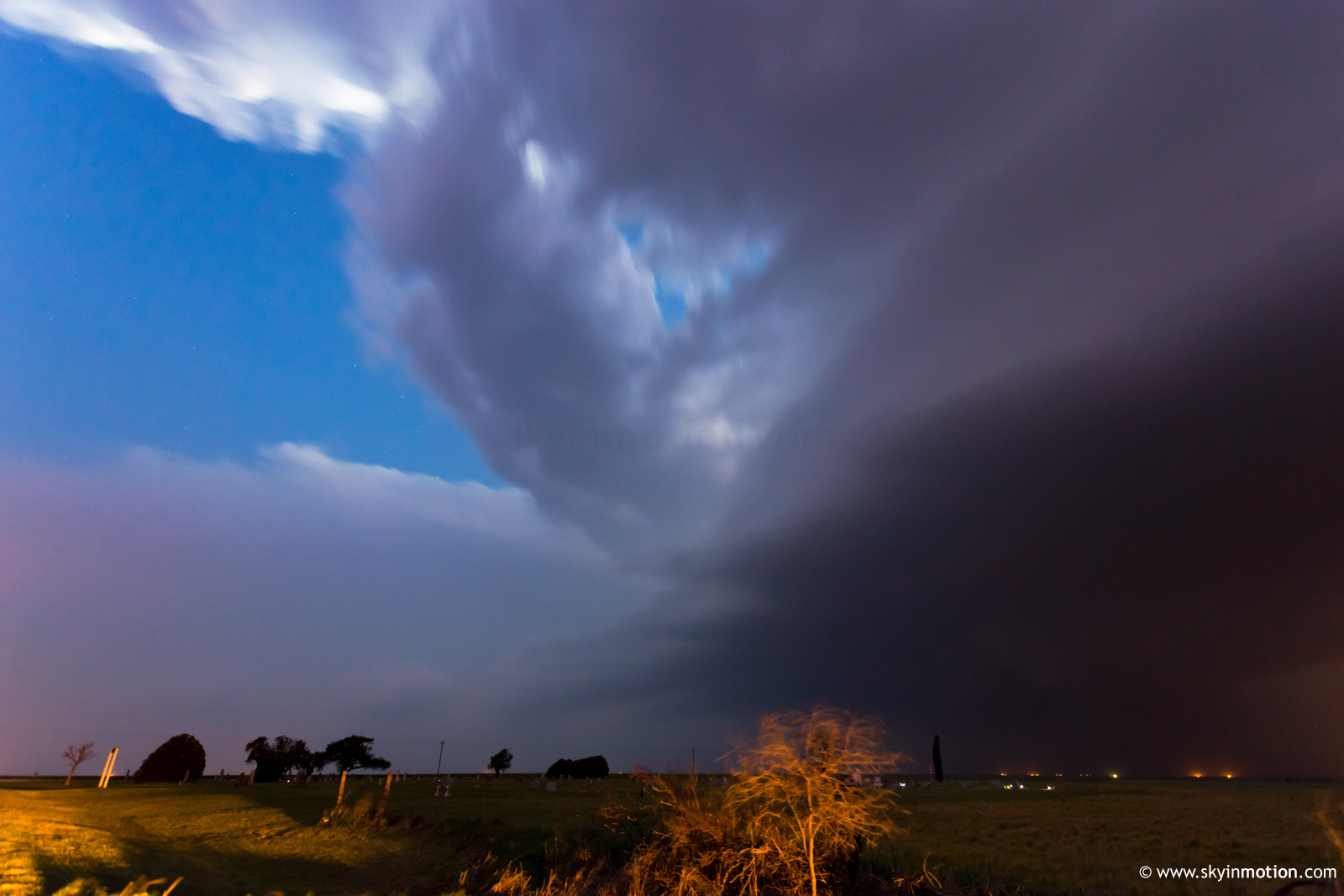
I'm sure there will be some good discussions regarding the failure modes for yesterday's potent-looking setup. Frontal position and the potential for undercutting was the foremost concern going into the day, but I don't think it entirely explains the lack of significant tornadoes, especially with the tail-end storm. My bet is on the flow weakness around 700 mb, as well as the veer-back-veer pattern with height there, which was exacerbated by 500 mb flow verifying more meridional than many models had indicated in the medium- and short-range.

